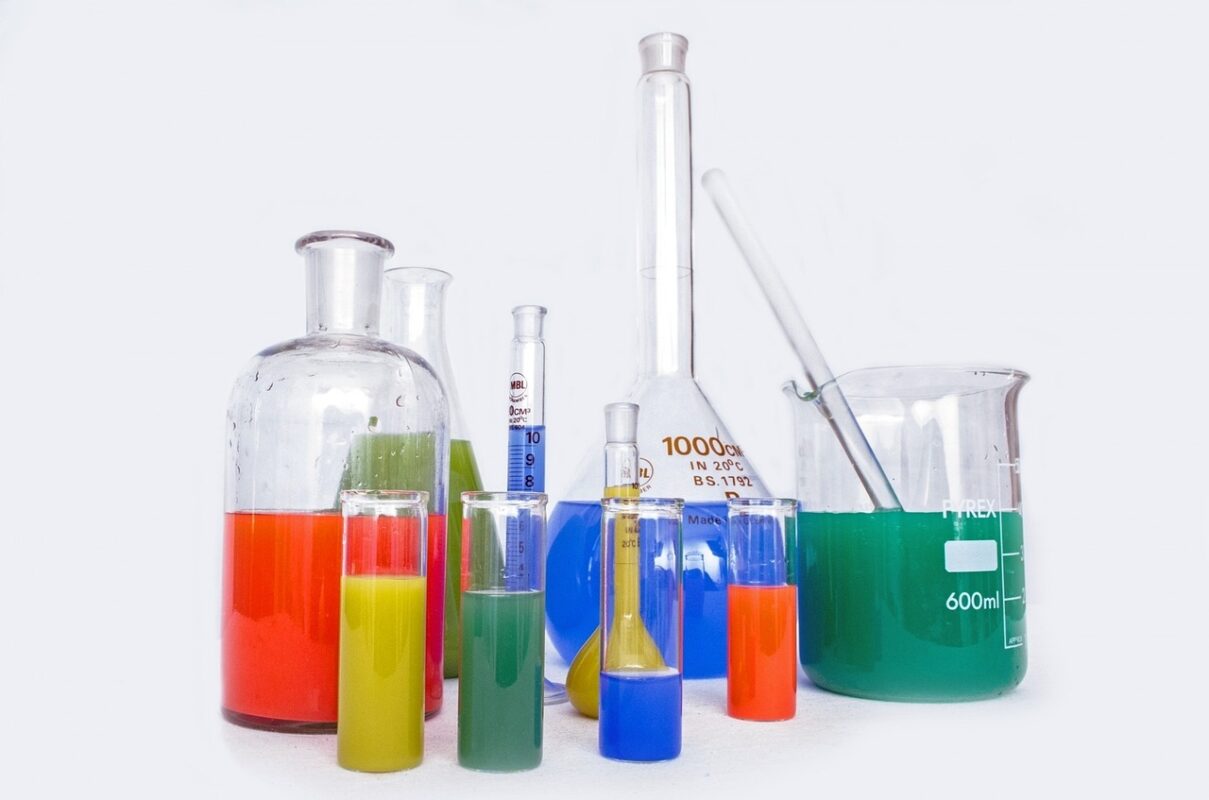Chemicals are all around us, shaping the world we live in and the products we use. But when we talk about chemicals, we often encounter two broad categories: natural and industrial chemicals. What sets them apart, and how do they influence our daily lives? In this blog, we'll explore the differences between these two types of chemicals, their sources, and their roles in various applications.
Understanding natural chemicals
Origins and sources
Natural chemicals, as the name suggests, occur naturally in the environment. They are abundant in the world around us and have been part of the Earth's ecosystem for millennia. These chemicals are produced by living organisms, including plants, animals, and microorganisms, as well as geological processes.
Examples of natural chemicals
Natural chemicals encompass a wide array of substances, including plant secondary metabolites, which many plants produce as a defence mechanism against herbivores or to attract pollinators. Examples include alkaloids in tobacco, caffeine in coffee, and essential oils in herbs.
Additionally, animal venom and toxins from creatures like snakes and spiders fall into this category, as do microbial metabolites like antibiotics, which have been harnessed for medical purposes. Even elements like oxygen, nitrogen, and minerals such as salt and quartz are considered natural chemicals because they occur naturally in the Earth's crust.
Functions and applications
Natural chemicals serve various functions in the natural world, including chemical defence, as plants use these substances to deter herbivores or attract predators to protect themselves.
They also often possess medicinal properties and have been used in traditional medicine for centuries. Furthermore, natural chemicals in fruits, vegetables, and other foods contribute to their flavour, colour, and nutritional value.
Understanding industrial chemicals
Origins and sources
Industrial chemicals, on the other hand, are typically human-made or synthesised in a controlled environment. These chemicals are produced for specific industrial, commercial, or research purposes. They may be derived from natural sources but are often modified or synthesised to meet specific requirements.
Examples of industrial chemicals
Industrial chemicals encompass a vast range of substances, including plastics like polyethylene, polypropylene, and PVC, which are used in manufacturing products ranging from packaging materials to automotive components. Pharmaceuticals, such as medicines and drugs, are often industrial chemicals developed through chemical synthesis and pharmaceutical research. Agrochemicals, including pesticides, herbicides, and fertilisers, are industrial chemicals used in agriculture to enhance crop yields and protect against pests.
Chemical additives like stabilisers, preservatives, and colourants are used in the food and beverage industry to enhance product quality and shelf life. Specialty chemicals also play a significant role, used in specialised industries such as electronics, textiles, and cosmetics.
Functions and applications
Industrial chemicals play pivotal roles in various sectors, including manufacturing, where they are essential in processes such as the production of plastics, textiles, and electronics.
In the pharmaceutical industry, they are the building blocks of medicines and drugs that improve human health and treat various medical conditions.
In agriculture, agrochemicals contribute to modern farming by increasing crop yields and protecting crops from pests and diseases. Moreover, many household products, from detergents to cosmetics, rely on industrial chemicals for their formulation.
Natural and industrial chemicals are fundamental components of our world
Natural and industrial chemicals are fundamental components of our world, each with its unique characteristics, sources, and applications. While natural chemicals have been part of Earth's ecosystem for aeons, industrial chemicals are human-made innovations that drive innovation and progress in various industries.
As we continue to explore the potential of both types of chemicals, it's crucial to strike a balance between harnessing their benefits and ensuring their safe use. By understanding the distinctions and potential synergies between natural and industrial chemicals, we can make informed choices that benefit our society, our environment, and our future.

